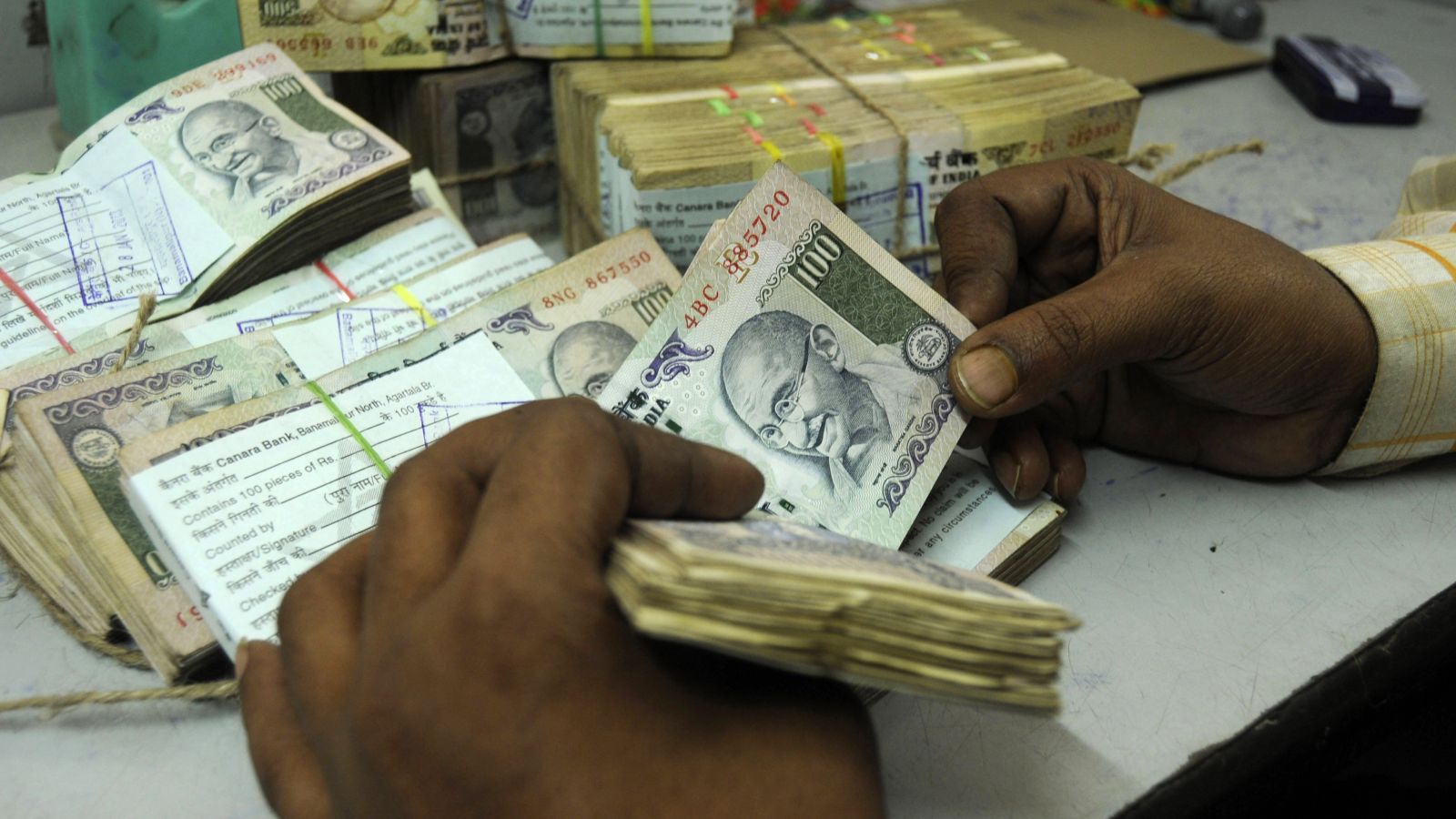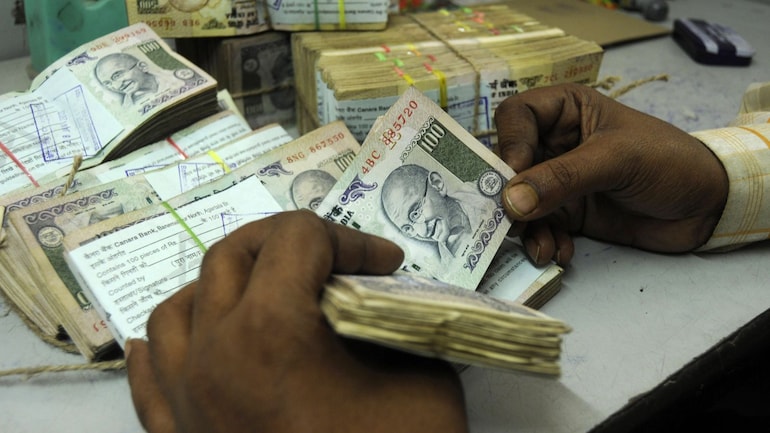
Digital payments are growing in India but many want cash
- January 8, 2022
- 0

hen the government announced demonetisation in 2016, the biggest change that it expected to see was Indian consumers shifting from cash to cashless mode of payments. And it happened too. Yet, there remains a large number of people for whom cash is still the king.
A survey by the Reserve Bank of India (RBI) suggests that despite the increase in use of digital payments in India, a large group of people still prefer cash over digital payments. The central bank interviewed 6192 people from different cities to understand retail payments habits in India. About 54 per cent of the total said they preferred making cash payments.
There are multiple reasons why a number of people continue to prefer and demand cash. And not all of them are reasons of practicality or usage. Instead, the reasons are more personal, such as the immediacy and feel of money, or the difficulties of accepting and enabling digital payments.
Contents
Too confusing
Despite numerous ads running on the web or your TV sets explaining how to use e-wallets or digital payments, there are many people that find the process confusing or tough.
Sharbani Das, 51, owns a small shop of flowers and other Pooja items. Her shop is situated at the corner of one of the busiest streets of Kolkata and right next to a popular temple. Most of the people coming to worship prefer buying flowers from her shop.
“My shop sees customers all day. I have been running this shop for the last 15 years so I definitely have seen the change in people’s paying habits. Youngsters come to my shop and ask if I have a Paytm number or QR code for payment. I am an educated woman but still I don’t understand how this thing works. Frankly, speaking I don’t even have the time to sit and learn digital payment. Good for those who are using it, I am happy doing it the classic way,” she says.
Sharbani has two children. Her eldest child Mini, who is 27, says her mother is an independent woman and has always been like that. “I have tried teaching her few a times how to use Paytm but she says it’s all very confusing for her and she’d prefer using that time for household chores than to sit and learn.”
Money in hand feels real
For people like Vini, 33, cash is only the real thing and digital mode of payments fail to give the joy of receiving money for your hard work. Vini runs a small bakery at her home and takes orders for all kinds of party celebrations that involve cakes.
“I know that GPay or Paytm are the call of modern times. I am a homemaker who has recently found her passion for baking. I work really hard for even the smallest of my orders and the cash that comes in my hand after the delivery is like the reward for my effort. You touch the money and you are reminded of all the time and effort that you’ve put into delivering your product,” she says. “Sometimes I also miss orders for this reason but that’s okay. I may use it in future but for now I want to enjoy hard cash and appreciate my baking journey.”
Digital payment not approved at many places
Where on one hand the government is advocating Indians to go cashless, there are a few government-owned shops that do not approve of e-payments. M. Shankar, 53, who runs a handloom shop owned by the state government, says that the government has yet not approved of digital payment.
“I understand the convenience that digital payment offers but what can I do when the higher orders have yet not green signal to it. We can wait and watch when it happens,” he says as he tucks away a neatly folded silk saree on one of the racks in the shop.
While the government may be banking on digital payment to change the face of the Indian economy, people like Shankar don’t find the need for it for now.
No smartphone so no digital payment
Recently, a report titled PRICE noted that smartphone ownership is no longer holding people back from adopting digital payment. The reality however is nuanced because there are many people who don’t use digital payment because they don’t have a smartphone.
Nilabh, 29, goes door to door selling vegetables. When asked why he is not using digital payment yet, he takes out an old-looking feature phone from his pocket and says, “this is why.”
“My friends are using it so I know how it works. I also know that you need a smartphone for this. I will buy one soon and then start using digital payment. That way I will have a track of all my payments right before me in my phone,” he says.
[“source=indiatoday”]


















